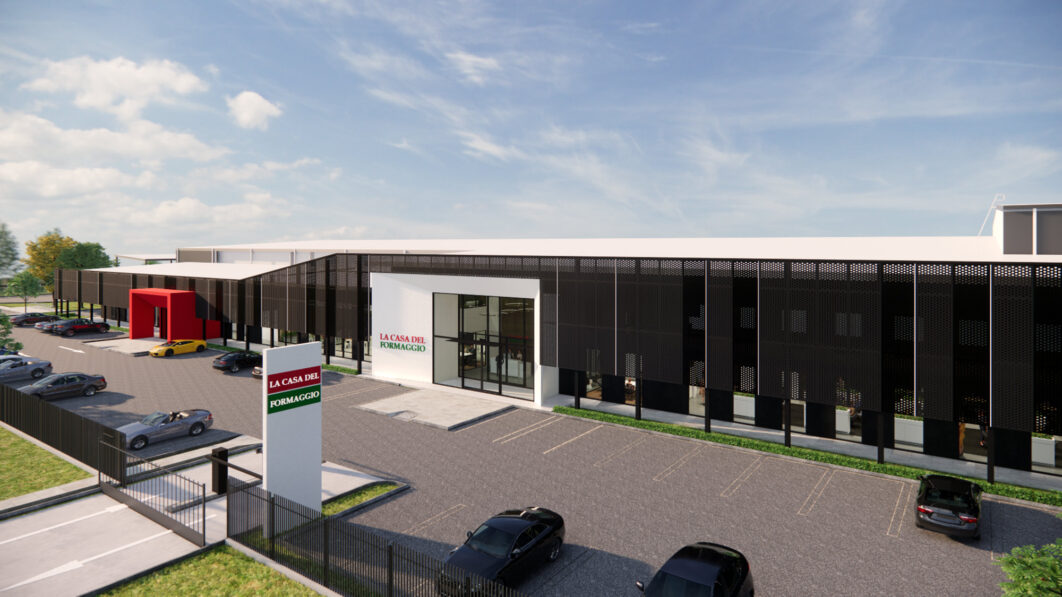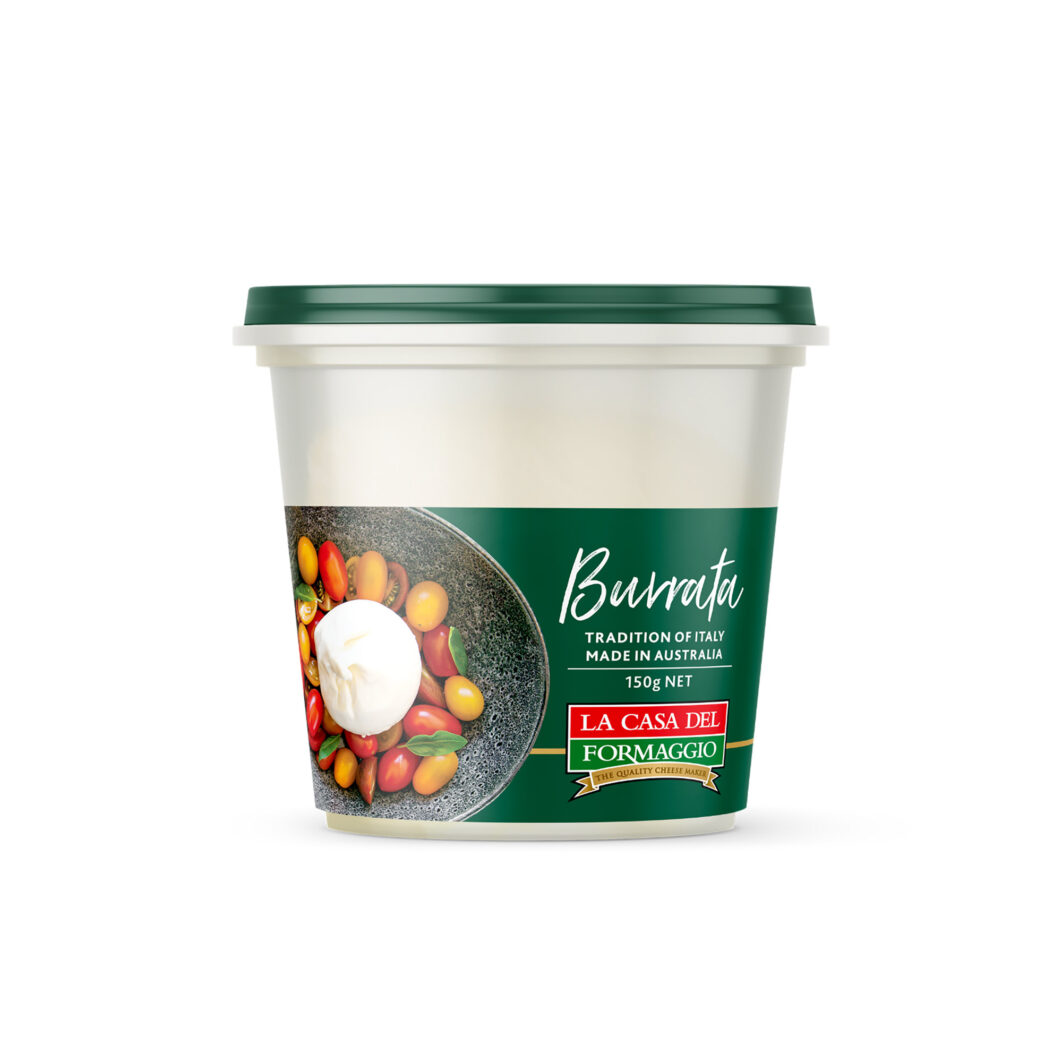South Australian family-owned cheesemaker La Casa Del Formaggio will move into a $35 million new factory in May, situated in the Northern Adelaide Food Park.
The site is 10 times larger than their current facility and Managing Director Claude Cicchiello said state-of-the-art automation would further enhance product consistency, quality and food safety.

It’s a big leap from La Casa’s beginnings in 1988, when Claude’s parents, Gerado and Rosa, started making and selling cheese from a small retail store.
“Mom and Dad started the business 35 years ago with a view to supplying the local Italian community with fresh Italian cheeses, such as ricotta and bocconcini, things that were not readily available back then,” Claude said.
“We had a lot of local support, and we grew a bit. We had some enquiries from other retail outlets – mostly continental delis. I would visit them and bring them the products and that started a small wholesale run to the local continentals. That led to independent supermarkets and some local cafes, and that led to Coles and Woolworths in SA and then national distribution.
“I often look back and reflect on where it started. In the beginning we were stirring milk with a wooden paddle on a gas burner. And now we’re building this new facility, with a high level of technology and automation, but still capturing a lot of the cheesemaking techniques that our products are famous for.”

La Casa’s current factory in Glynde started as a 400 square metre facility that expanded over the years by acquiring neighbouring businesses: 400m2 became 800m2 then 1,200m2. This gradual expansion wasn’t ideal for process flow.
“This new facility is a clean slate. We were able to start from scratch with our layout and planning, and that’s been amazing,” Claude said.
“Size wise, it’s 10 times the size of our current factory. But the biggest advantage is the way we’ve been able to design the flow of the factory, with raw products coming in one end and finished products coming out the other. And the addition of automation through our SCADA system is a game-changer.”
SCADA is a supervisory control and data acquisition system that provides automation control for the entire facility and is also used for information and reporting.
“This level of automation and control is powerful from a food safety perspective,” Claude said.
“Some of our open vats will now be able to be closed due to the automation processes. It gives us more control of the product creation, and importantly, our cleaning system, including water flows, temperatures, chemical strengths and so on, and it’s all controlled by a PLC computer system.”
La Casa’s sharp focus on quality starts at the farm. Claude said La Casa carefully selected the farmers that supply milk for their range of cheese products.
“We partner with farms that have similar values – they are generally family businesses but also farms that are aligned with us around quality,” he said.
“Then it’s our job to get the best products out of that milk. While the automation and control at each step will ensure that we end up with a high quality product every time, cheesemaking isn’t a straight science. We still need the art of the cheesemaker to be able to do stretch testing, to see the curd and adjust the cutting of curd at different steps. And we still need good farmers supplying a high-quality raw product.”

La Casa’s milk intake will continue to expand this year. As a result, the company has been looking at how to grow its milk pool.
“We’ve grown it consistently since 2014 when we had six family farms supplying us. We’re up to about 20 now, with the view to continuing to grow that over the next five years,” Claude said.
“For our current farmers, seeing us invest in a dairy facility like this gives them the confidence to keep investing their farms. Milk prices are good, and we’re seeing a high level of investment in our current group.
“I think there’s a bright future for the dairy industry here in SA, with much more investment in farms, factories, automation and robotics.”
To support their farmer group, La Casa is offering three- to five-year milk contracts with guaranteed minimums.
“Everyone in the supply chain, be it a farmer, a processor or a retailer, must be profitable in order to keep investing. We’re trying to get that balance right across the whole supply chain which is really important for the South Australian dairy industry,” Claude said.
La Casa’s plans for the facility have been on the table for well over five years. And during the build of the new factory, the team has been learning the SCADA system at the current site.
“We started our training journey in our current factory by adding some of the automation into the existing site, to start introducing the team to the SCADA system,” Claude said.
“Some people thought it was crazy to invest in a factory that we were leaving. But in hindsight it was the best thing we could have done. Five years ago, I didn’t know what SCADA was. Whereas now, because we’ve been working with automation in the current factory, our team knows it well. It’s much less challenging from a training perspective now.”
The increased milk supply will support the development of La Casa Del Formaggio’s popular products including bocconcini and ricotta as well as burrata, a product that is fairly new to the Australian market.
When making burrata, fresh mozzarella is formed into a pouch, which is then filled with shreds of mozzarella and cream before being pinched closed.
“You can add it to a cheese board, you can add it to a pizza, you can add it to a pasta. It’s delicious. We brought that to market a few years ago and to see the growth and the acceptance – it’s now one of our highest searched products – it’s so rewarding.”
